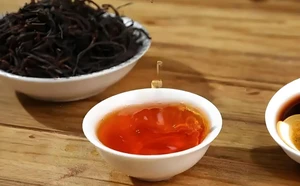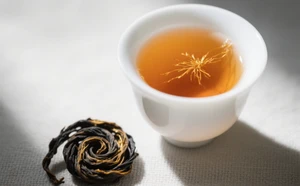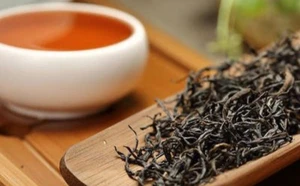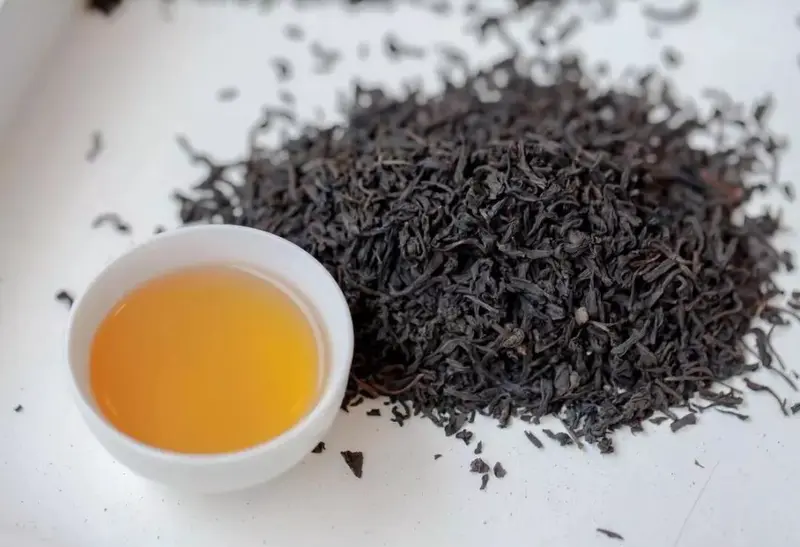

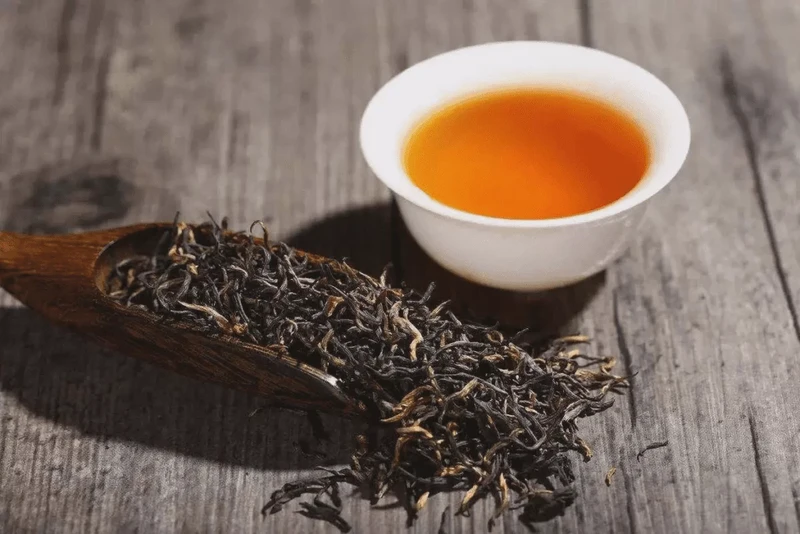
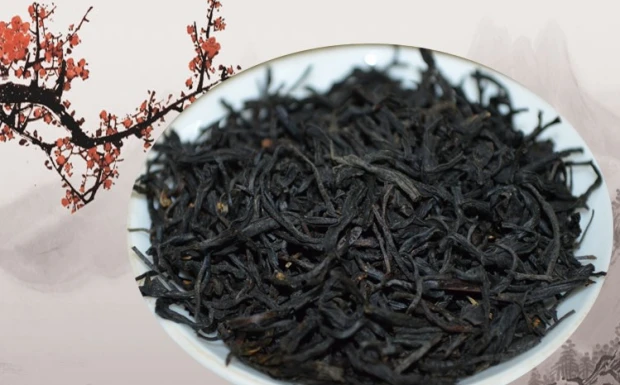
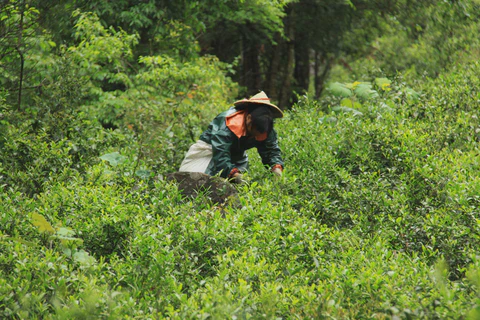
Lapsang Souchong (Zhengshan Xiaozhong)
Origin
Fujian
Category
Black Tea
Harvest Time
Spring
Processing
Full Oxidation
Description
Lapsang Souchong is a distinctive black tea from the Tongmuguan region of the Wuyi Mountains in Fujian Province, China. It is known for its unique smoky flavor, which is imparted during the drying process using pine wood, making it one of the most recognizable teas in the world.
